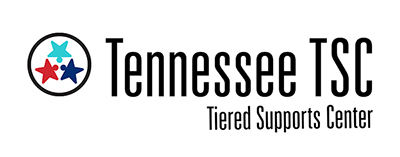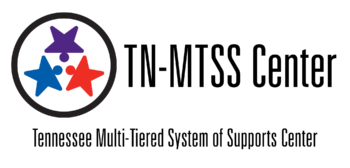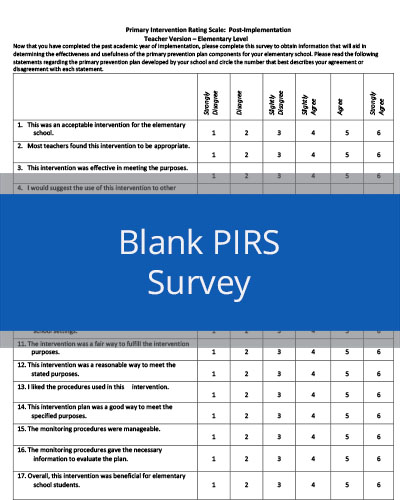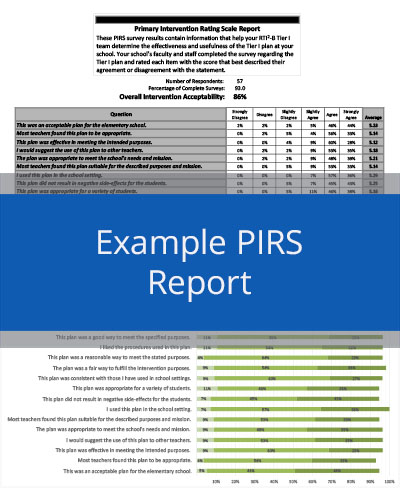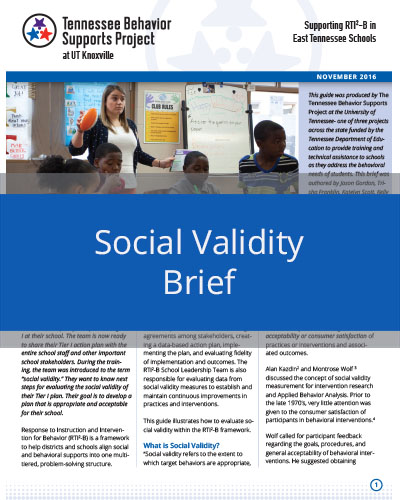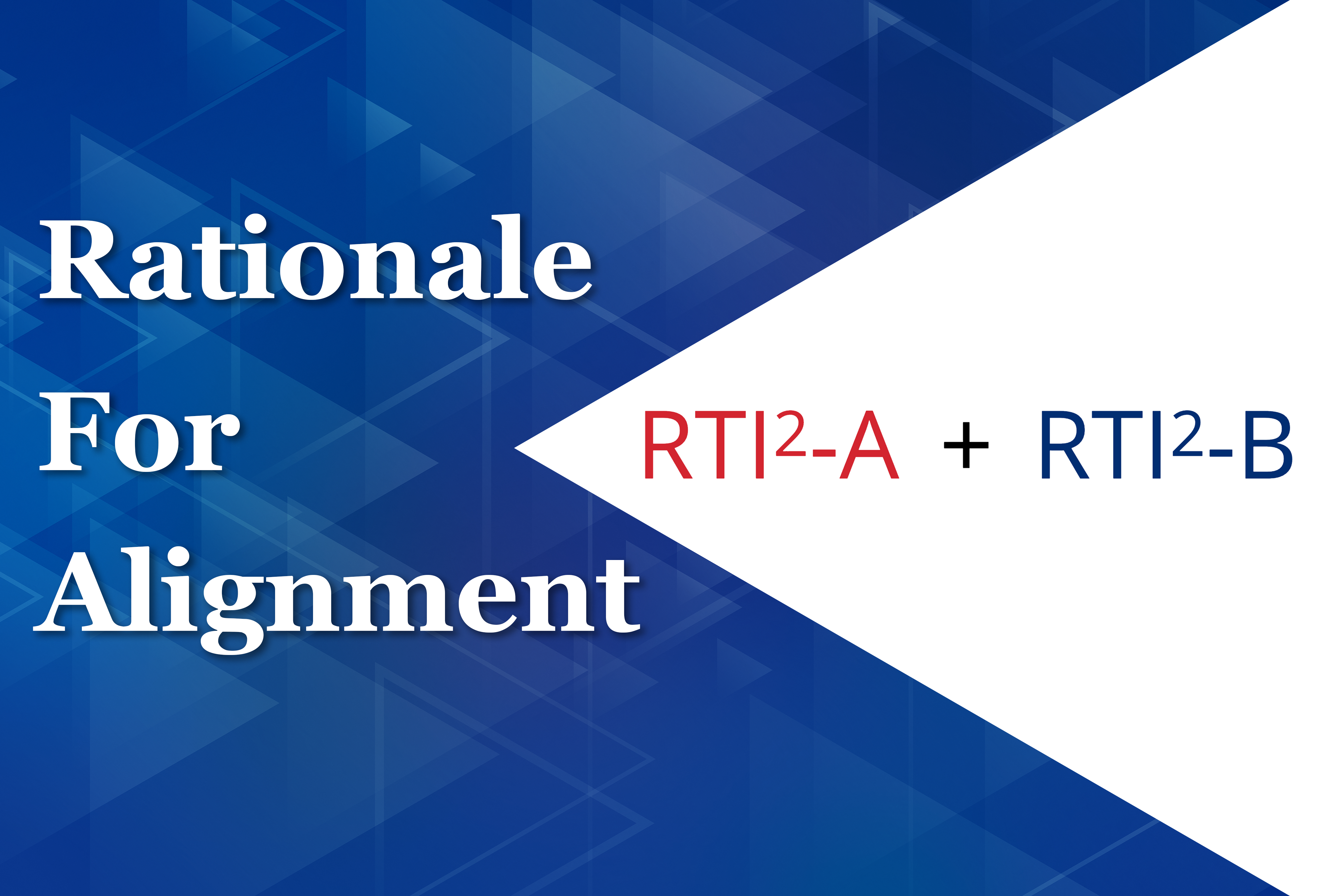
Experience and research tell us that academic and behavioral difficulties are often related and can co-occur. It may be unsurprising that students with academic deficits are at greater risk of developing challenging behaviors. Studies show that students identified as at risk for behavior problems will likely be identified as at risk for academic problems (Campbell et al., 2018; Grigorenko et al., 2020). Given the relationship between academic and behavioral risk, it is necessary to consider students’ comprehensive strengths and needs when selecting or developing appropriate student support or intervention. When RTI2-A and RTI2-B are implemented in isolation, interrelated academic and behavior problems may be overlooked or inadequately addressed. Tennessee Tiered Supports Center helps district and school teams align RTI2-A and RTI2-B so that students’ academic and nonacademic strengths and needs are considered together.

The term RTI2-A + RTI2-B connects the frameworks and represents how they are intended to work together. RTI2-A + RTI2-B allows district and school teams to streamline the problem-solving process and uses evidence-based instructional practices and interventions to address students’ academic and behavioral needs. This comprehensive approach helps narrow the root cause of problems and widens the available solutions. RTI2-A + RTI2-B relies on using academic and nonacademic data to identify student needs and select evidence-based ways to meet them.
When an RTI2-A + RTI2-B team reviews student data, they identify area(s) of need, or a ‘problem’ (Define), examine possible reasons for the problem (Analyze), provide interventions that address the underlying root causes (Implement), and follow up to determine whether interventions provided are successful (Evaluate). The ability to understand all concerns of students who need additional support makes it easier for school teams to form small groups with like needs and target academic and behavioral needs simultaneously. Furthermore, RTI2-A + RTI2-B reduces the stress on staff and allows flexibility for the most qualified staff to work with students with the greatest needs.
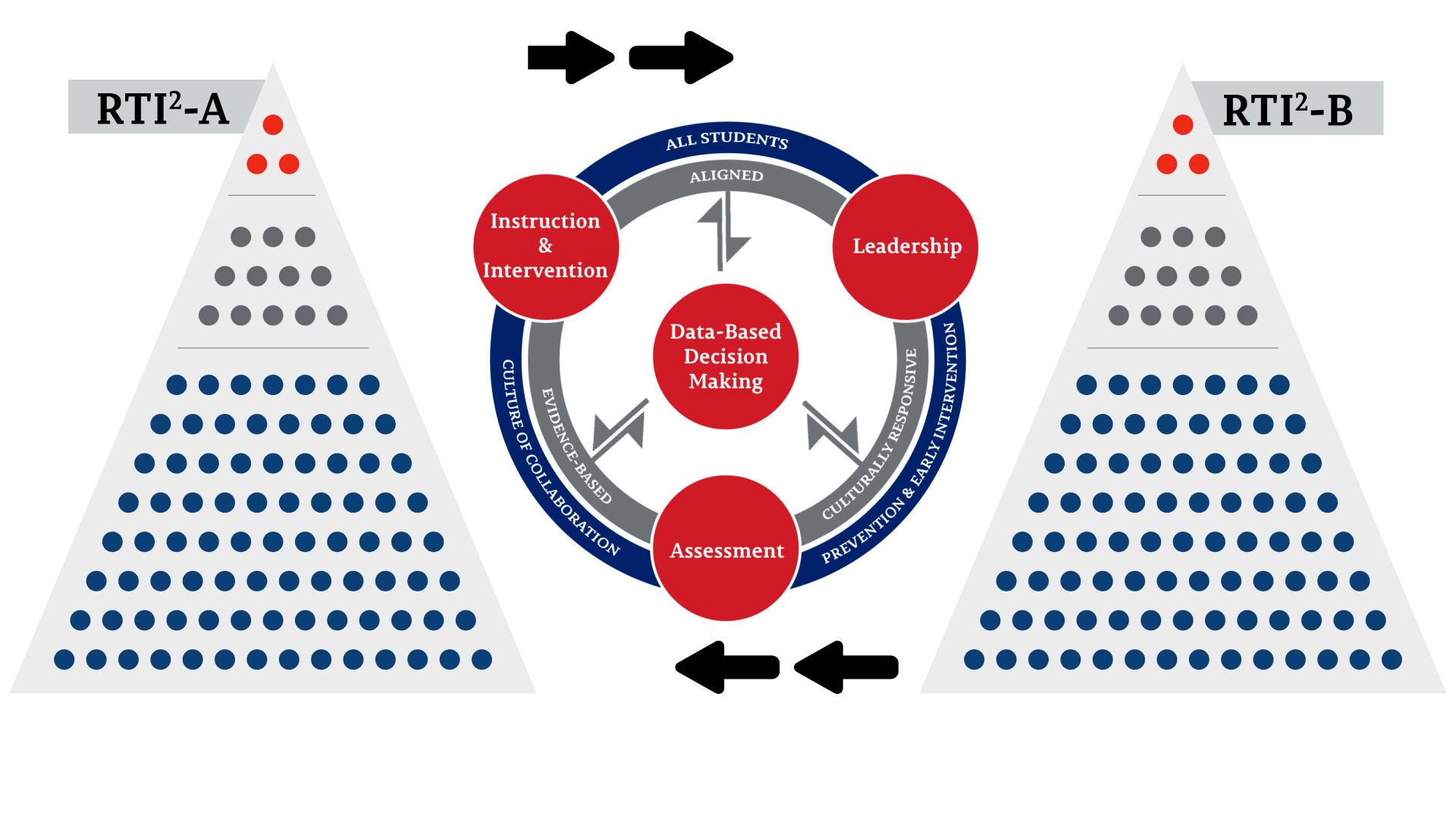
Looking at all available academic and behavioral data, instead of only one or the other, narrows the problem and widens the amount of available interventions and strategies.
–McIntosh & Goodman, 2016
References:
Campbell, Aaron R.; Bowman-Perrott, L.; Burke, M. D.; Sallese, M. R. (2018) Reading, Writing, Math, and Content-Area Interventions for Improving Behavioral and Academic Outcomes of Students with Emotional and Behavioral Disorders Learning Disabilities. A Contemporary Journal, 16(2),119-138.
Grigorenko, E.L.; Compton, D.L.; Fuchs, L. S.; Wagner, R.K.; Willcutt, E.G.; Fletcher, J.M. (2020) Understanding, educating, and supporting children with specific learning disabilities: 50 years of science and practice. American Psychology, 75 (1), 37-51.
McIntosh, K. & Goodman, S. (2016). Integrated multi-tiered systems of supports: Blending RTI and PBIS. New York, NY: Guilford Press.
